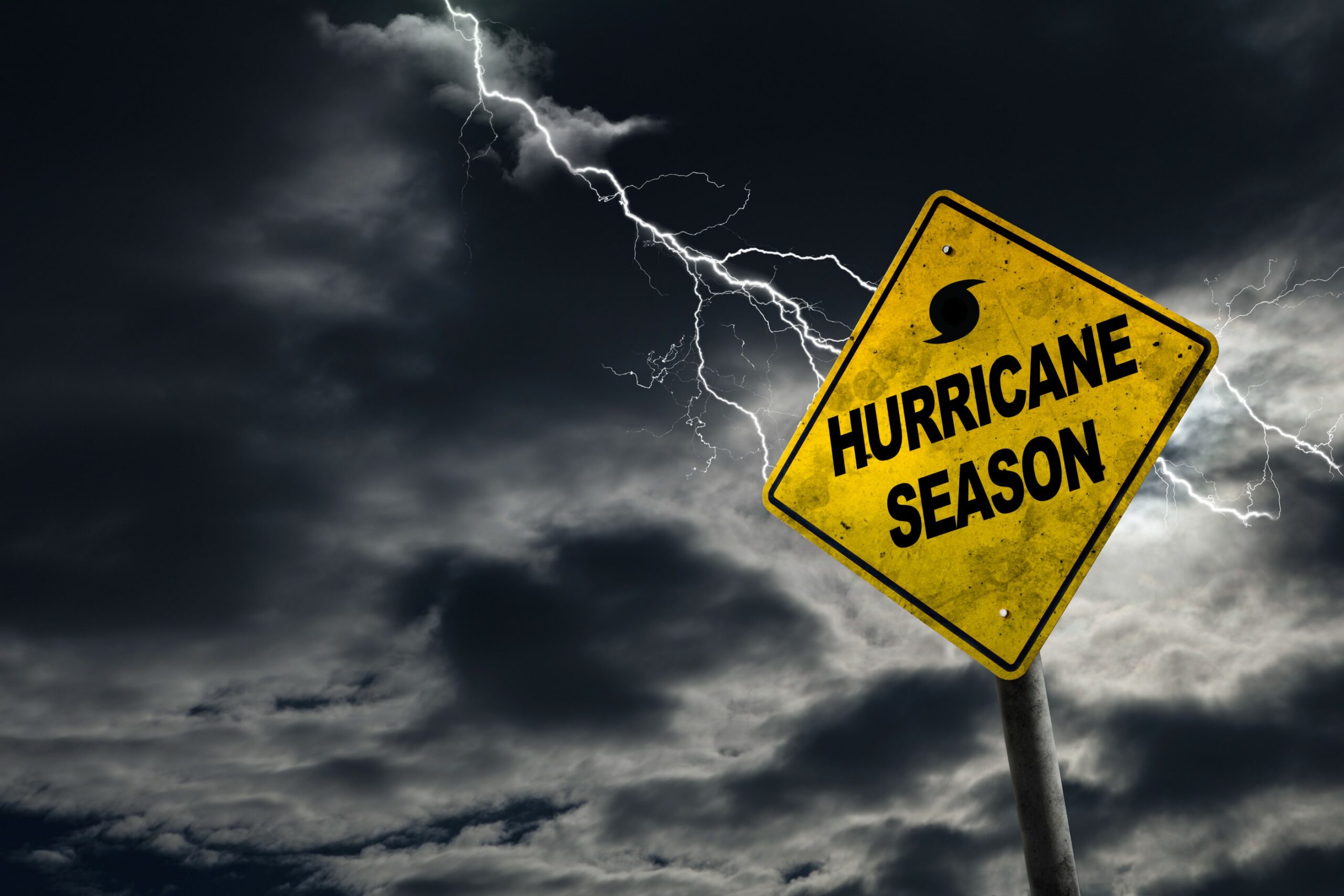
Heavy Rain, Flooding, and Chance of Severe Weather Staring Down the Southern U.S.
January 22, 2024
Posted: September 8, 2023 9:00 am





September 10 is widely considered to be the statistical peak of the Atlantic hurricane season. Why is this the date that hurricane experts have identified as the time most likely to see tropical weather spin up? Read on for more information.
According to renowned hurricane expert Philip Klotzbach at Colorado State University, approximately 50% of all Atlantic hurricane seasons since 1966 have seen at least one named hurricane traveling across the basin on this date. Ironically, the record-setting 2020 season did not have an active hurricane on this date. However, a tropical depression came to life the following day and went on to become a hurricane days later before making landfall in Alabama.
The data used to determine the statistical peak date of September 10 goes back to the dawn of the satellite era in the mid 1960s. But if you look at named storms in more recent years beginning in 1991, the peak date would fall on September 12. Meanwhile, the data presented by the Accumulated Cyclone Energy (ACE) metric would present a climatological peak date of September 14. The ACE metric measures both the intensity and the duration of a specific cyclone with more powerful storms earning a higher number on this scale.
What impact does climate change have on the shifting statistical peak date? Experts say that they do not expect this date to shift much due to human-induced global warming. This is because while the impacts of climate change may spur more storms on the front end and back end of the season, the middle date should remain largely the same.
That said, climatologists have warned in recent years that hurricane seasons are trending longer than normal because of these impacts. The National Hurricane Center (NHC) currently has a team determining if it is prudent to move the official start of the Atlantic hurricane season to two weeks prior than the current June 1 date.
There are a few key factors that influence when the height of the hurricane season typically lands. The sea surface temperatures across the Atlantic Ocean generally remain warm enough for tropical weather development until October. However, the amount of vertical wind shear also tends to increase by the end of September. This wind shear works to break apart storms in the eastern and central portions of the Atlantic.
As such, the middle of September is typically when you are more likely to see low amounts of vertical wind shear pairing with exceptionally warm ocean water temperatures. Together, these two factors work to make this time of the year the most likely time to see tropical weather take root and intensify.
In addition to being recognized as the statistical peak of the hurricane season, the month of September also features more Category 5 storms when compared to other months. August takes second place in this category.
Some of the most destructive storms in the history of the Atlantic season have made landfall in September. In 2019, Hurricane Lorenzo hit wind speeds of 185 mph, spreading its impacts across the Bahamas. According to data from the National Oceanic and Atmospheric Administration (NOAA), Dorian was the most powerful hurricane in modern recorded history to push through the Bahamas. The storm eventually made landfall across the Outer Banks of North Carolina as a Category 2 storm.
September 2017 saw the formation of two Category 5 monsters in hurricanes Irma and Maria. Both of these major hurricanes left a trail of destruction in the Caribbean. Irma made a direct strike on Barbuda as a Category 5 storm before pushing through Puerto Rico and the Florida Keys. Meanwhile, Puerto Rico saw the worst impacts of Hurricane Maria. Approximately 3,000 deaths were attributed to Maria on this island.
Just last year, Hurricane Ian briefly intensified to a Category 5 storm in late September as it churned through the bathwater warm waters of the Gulf of Mexico. The storm eventually made landfall near Fort Myers, Florida as a strong Category 4 storm. Ian was responsible for at least 144 deaths and billions of dollars of damage..
It is important to note that tropical weather will continue to be a threat even after September 10 passes. The 2023 Atlantic hurricane season does not officially end until November 30. Experts also warn that it is not abnormal to see a second push of tropical development during the middle of October as more fronts are able to make their way into the tropics and birth new developments.
In addition, the Central American Gyre wind pattern that is common over Central America in October has also been blamed on several tropical weather events. This prevalent wind pattern creates more favorable environmental conditions for storms to come to life.
For instance, Hurricane Wilma is distinguished as the most powerful hurricane ever recorded in the Atlantic Ocean. This powerful Category 5 storm formed on October 15, 2005.
Did you find this content useful? Feel free to bookmark or to post to your timeline for reference later.

January 21, 2024

January 19, 2024

January 18, 2024